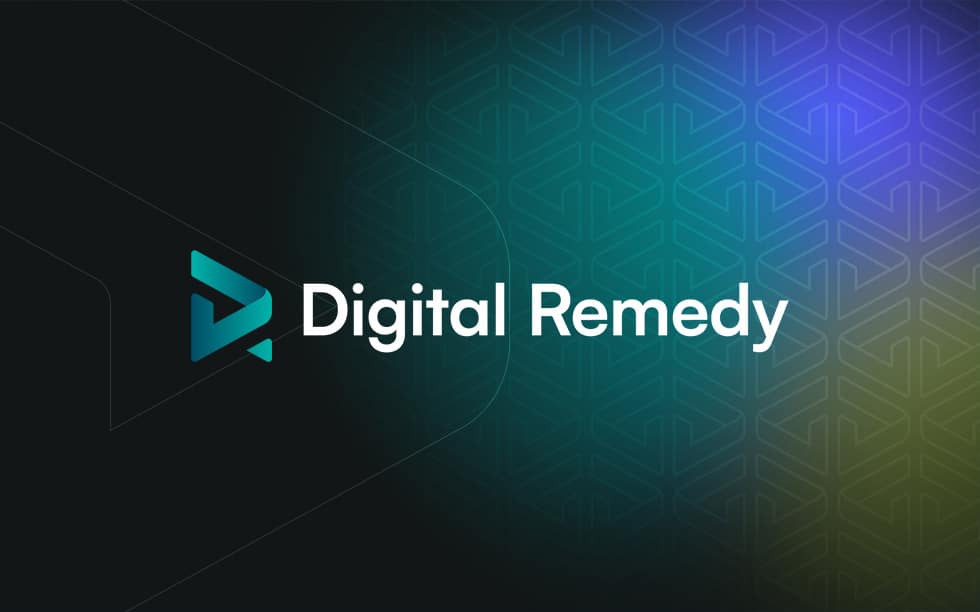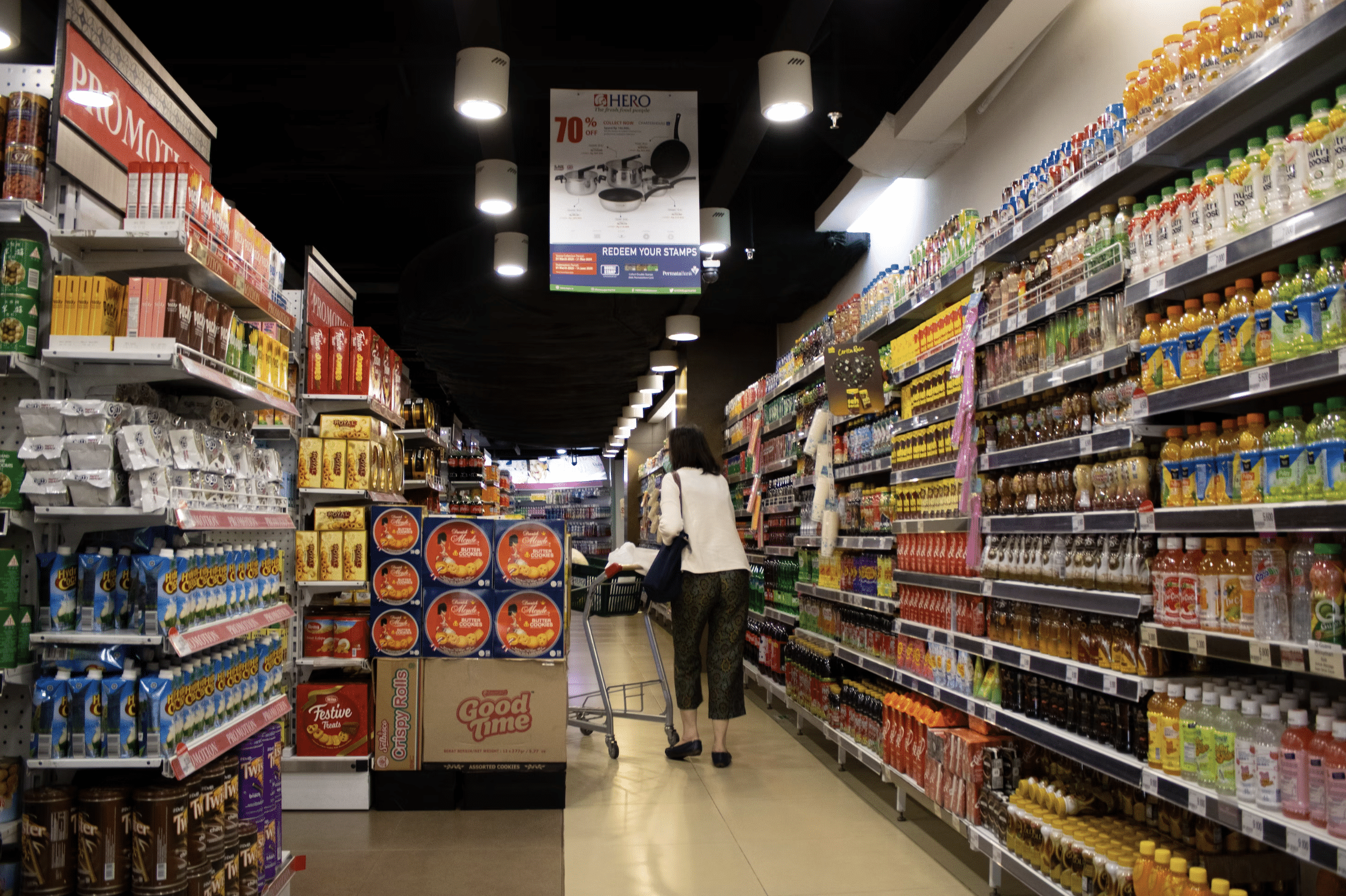Sep 2, 2021
Key Takeaways 1. Amazon will remain the dominant e-tailer in the ecommerce space by far— 41.4% of 2021 U.S. retail ecommerce sales. 2. There will be an increased focus on hybrid shopping experiences. Brick and mortar retailers are launching more digital offerings while some ecommerce brands are looking into opening physical locations. 3. Over 60%…

1. Amazon will remain the dominant e-tailer in the ecommerce space by far— 41.4% of 2021 U.S. retail ecommerce sales.
2. There will be an increased focus on hybrid shopping experiences. Brick and mortar retailers are launching more digital offerings while some ecommerce brands are looking into opening physical locations.
3. Over 60% of back-to-school shopping experiences will begin and end in separate marketing channels.
4. Mobile will play a significant role in consumer product research, brand communication/engagement, coupon/discount usage, and ultimately, purchasing. 88% of marketers say the collection of first-party data is a high priority in 2021. Retail brands will want to work with trusted data partners to ensure campaigns are effectively reaching the right consumers in the increasingly competitive retail space and fragmented media landscape.
5. Back-to-school shopping won’t be completed in a single trip, and retail marketers should leverage targeting/retargeting tactics to re-engage consumers to drive purchases. As marketers focus on the entire consumer journey rather than just an end point, multi-touch attribution solution offerings are now critical.
Back-to-school (BTS), the second-largest shopping season of the year, is typically a time of new beginnings. Though this year, consumers seem to be more eager than usual for a fresh start. As teachers and children prepare for another school year and parents ready themselves for a similar “return to office” scenario, this year’s BTS season will be fueled by a wave of optimism mixed with uncertainty around the Delta variant—these emotions are sure to influence purchases.

Regardless of how students wind up returning to class—whether in-person, online, or a hybrid of both—back-to-school shopping is set to achieve a new record. For retailers, the BTS season comes at a critical moment. Retailers can benefit from shoppers’ increased comfort with online shopping and strong demand for everything from apparel to electronics.
While many retailers saw a frenzy of pandemic-driven ecommerce growth over the past 18 months, Amazon remains the dominant e-tailer in the U.S. and is expected to earn more than $2 of every $5 spent shopping online this year. In 2021, Amazon will contribute more than 50% of U.S. growth in online sales from 2019 to 2021.2 Retail brands will need to be creative and consistent with messaging to compete against Amazon for a share of shoppers’ wallets.
In the company’s latest efforts to further disrupt the retail space, Amazon is planning to open several brick-and-mortar retail locations in the U.S. that resemble department stores. While the plans are not yet finalized, the square footage of Amazon’s stores are expected to be only a third the size of average department stores—30,000 square feet, versus the traditional 100,000 square feet and will most likely sell Amazon’s private-label brands including clothing, household items, and electronics, according to The Wall Street Journal.

The pandemic accelerated companies’ digital communications strategy by an average of 6 years while 97% of enterprise decision makers believe the pandemic sped up their company’s digital transformation.3 In response to evolving customer preferences and shopping habits, there will be an increased focus on hybrid shopping experiences. The line between ecommerce clicks and retail bricks will continue to blur, as native digital brands navigate the post-pandemic retail space, and more traditional retailers cross over into the DTC lane.
In today’s retail space, success for brick-and-mortar businesses means making the shift to a “digital-first” mindset, largely in the form of digital advances that personalize consumer experiences—but digital-first does not mean digital-only. Brick and mortar retailers are launching more digitally-enabled offerings while some ecommerce brands are looking into opening physical locations. Tech-driven personalization is at the core of consumer interactions with the streaming services they use every day, like Netflix and Spotify, and those interactions are personalized in a way that feels natural. Because of this constant personalization, consumers now expect brick-and-mortar businesses to offer up the same user experience in real life.
Though consumers are much more comfortable shopping in-store this year than last year during the peak of the pandemic, online remains a top destination for back-to-school shopping. Digital browsing and discovery will be crucial. For many consumers, online shopping will remain a habit.
U.S. ecommerce sales are projected to continue double-digit growth—up 17.9% this year and surpassing $1t in 2022—and it on track to surpass 20% of total retail by 2024.4
This year, ecommerce sales will be 53% higher than the back-to-school season in 2019.5

Omnichannel marketing will be crucial for retailers, as over 60% of back-to-school shopping experiences will begin and end in separate channels.6 As customers are increasingly shopping across different platforms now more than ever, providing a seamless, frictionless shopping experience across channels can give you a competitive edge and make your business more adaptable—all while amplifying reach and sales.
Mobile will play a significant role in consumer product research, brand communication/engagement, coupon/discount usage, and ultimately, purchasing. Smartphones are still the most used device for back-to-school—with 64% of consumers using mobile when shopping—and have seen a 5% growth from 2020.7 85% of consumers plan to engage with brands via mobile.6 Although the pandemic accelerated the shift to mcommerce (mobile commerce), its rapid growth will not end with the “return to normal”. Over three-fourths (76%) of consumers would purchase a product if it was relevant to them on mobile directly from an advertisement.7 Today, people are more willing to try mcommerce innovations than they were two years ago. Annual mcommerce sales will double its share of retail sales by 2025. U.S. retail mcommerce sales grew at 41.4% in 2020 and will grow another 15.2% in 2021, to reach $359.32b.8
According to IDC, by 2025, every connected person in the world will have a digital data engagement over 4,900 times on average per day – that’s about 1 digital interaction every 18 seconds. The high amount of digital interaction consumers display every day, paired with data that comes from those interactions, will allow retail businesses to better understand consumer buying behavior. According to PubMatic, shopping apps had the highest IDFA presence (79%) in iOS 14.5+ in July. Additionally, users who download commerce apps from the App Store are more likely to opt-in to receiving ads.
Many retail brands over-index on early back-to-school marketing—almost half of back-to-school consumers will still be doing their shopping in September. The smartest retail marketers will tap known customer and prospect data to understand which items back-to-school shoppers are most likely to buy, and when they’re most likely to do it. Credit card transaction data can help you gain consumer and competitive insights to improve targeting, measurement, sales lift, and more. When a retailer recommends more options based on historical data—like past purchases—they are more likely to make a purchase, both online and in-store.3
First-party data (also known as CRM data) is more valuable than ever before, especially for retail brands looking to tap into known customers and prospects. First-party data allows marketers to build direct relationships with consumers, offers value in exchange for data (benefiting both parties), and boosts advertising performance. It provides insights including purchase history, online behaviors, stated interests, intent signals, and demographic data. Retail brands can glean crucial information about their audience from first-party data, everything from identifying the highest-value customers to grouping key customer segments (by demographic, behavior, geographic, etc.) to understanding the customer journey. With first-party data, brands can better understand what consumers are interested in, what they’re buying, how often they’re replenishing products, and what ultimately drives conversions. This data is the key to developing the personalized experiences consumers are seeking.
Large companies, such as PepsiCo to Procter & Gamble, are seeking ways to collect first-party data in a shopper-friendly fashion, via direct-to-consumer platforms. 88% of marketers say the collection and storage of first-party data is a high priority in 20219—but collecting this data is only the first step. Retail brands should work with trusted data partners that offer innovative audience segmentation and targeting capabilities to ensure their campaigns are effectively reaching and resonating with the right consumers and their brand remains top of mind in the increasingly competitive retail space and fragmented media landscape. In successful marketing campaigns, data-driven insights power personalization.
OTT provides the perfect “lean-in” environment to deliver your messaging alongside premium content. OTT ads can significantly extend your reach and make it easier for you to connect with your targeted customers. OTT channels allow for the targeting of segmented audiences:, further narrowing your focus on high-value target audiences. Since you can choose the programming you target, you can often target your ads directly to the consumers who are most likely to benefit from your products. This means of advertising also often offers more immediate results: people streaming content can interact directly within the ad itself, which means they can respond immediately, rather than having to wait until a later time to interact with your content.
Since consumers will likely not be doing all their back-to-school shopping in a single trip due to COVID-related in-store shopping challenges, it will be critical for retail marketers to build campaigns that leverage unique ad formats and targeting tactics to capture and recapture consumer attention in intervals—re-engaging shoppers across multiple dates (and devices) to drive purchases.
Digital Remedy offers retail marketers a full suite of unique audience segments and innovative targeting capabilities across trusted, premium inventory sources, and in-depth campaign performance measurement and insights. With our Flip solution, brands can target back-to-school shoppers across various channels, including display, video, mobile, and OTT/CTV. Backed by our strategic partnerships with leading data vendors, we offer the following targeting opportunities:

CRM Lookalikes – Leverage your own customer data and segmentation framework to create online audiences for display campaigns using email, IP addresses, or other available data. Leverage the entirety of your CRM lists to translate this data into targetable (and retargetable) segments—extending your reach and connecting your brand with new, high-value consumers with similar characteristics who are most likely to convert.

Run Across Relevant PMP’s – Target users across categories including Mom’s Interests, Education, Retail & Shopping, Moms sites such as foodandwine.com, ratemyprofessors.com, lowes.com, instyle.com, etc.

ACR Targeting – Using the industry’s largest ACR dataset, reach viewers based on viewing behavior, including keyword-, network- program-, genre-, or cast-based targeting.

Audience Targeting & Seasonal Segments – Deliver your ads to the right consumers based on relevant audience segments such as “back-to-school shoppers”, “adults with children under 18 in the household”, “adults with interest in/affinity for education”, etc.

Location-Based Targeting – Use location data to target consumers based on recent visits to physical store locations of department/Big Box stores such as Target, Costco, Walmart, Kmart, etc.

Digital Out-of-Home (DOOH) – Get in front of current and potential customers to generate brand awareness, reaching them across screens such as movie theaters, QSR kiosks, Grocery stores, schools & universities, etc.

Native – Deliver your messaging in contextually relevant content across Family & Parenting vertical across sites such as FamilyEducation.com, ModernMom.com, ParentzTalk.com, etc.

Keyword Search/Contextual Targeting – Place your ads in front of users who are reading content that contains specific terms or keywords surrounding back-to-school shopping such as ‘back-to-school clothes’, ‘school supplies’, ‘back-to-school looks’, etc.

AI Modeling – For conversion-based campaigns, retarget and prospect users who have visited your brand’s site.

Shopper Data – We can leverage shopper data from IRI, Amazon, Nielsen CPG, Kantar, etc. to reach back-to-school shoppers based on previous purchases and buying habits.
Learn about our retail-focused ad solutions
As the consumer journey continues to evolve, attribution will become a main focus for retail brands. And as marketers focus on the entire consumer journey rather than just an end point, multi-touch attribution reporting will become critical. Our Flip solution provides full-funnel attribution to paint a complete picture of shopper behavior from start to end. With Flip, advertisers, agencies, and ad buyers can seamlessly connect authentic digital impressions (ad views) to measurable actions (app installs, site visits, online purchases, and in-store visits) and see which parts of their campaign are most effectively driving results among key consumers—and which ones need to pivot. Additionally, we can leverage offline sales (credit card purchasing and CPG shopper card data) and measure brand lift to evaluate the effectiveness of your campaign. With Flip, BTS marketers vested in brick-and-mortar can identify the most lucrative DMAs in terms of driving foot traffic and reallocate additional budget on those key geographic areas to maximize ROI. Flip allows advertisers to deliver messaging to the right audiences, at the right time, in the right mindset across whatever device they are consuming media on.
Discover how a leading shoe store leveraged Flip to drive online sales
From innovative targeting tactics to in-depth attribution reporting, Digital Remedy has everything retail marketers need to stay ahead of the game this BTS season. If you’re interested in getting more granular with your back-to-school marketing efforts—let’s talk.
Sign up here to have our monthly Trends and industry insights delivered to your inbox.
Sources:
Related Posts

Welcome to the fourth episode of The Digital Dish, where we dish on all things ad tech! This episode.

In today’s ever-evolving digital landscape, effective marketing strategies demand innovation and precision. YouTube TV advertising has emerged as a.

The consumer packaged goods (CPG) industry is elbowing through a tight market. Between pressing supply chain challenges, shifting shopper.